|
EQUINE CLICKER TRAINING..... using precision and positive reinforcement to teach horses and people |
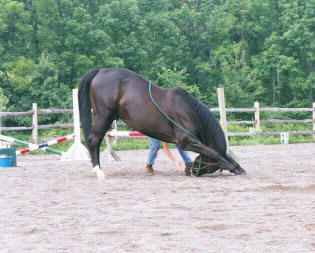
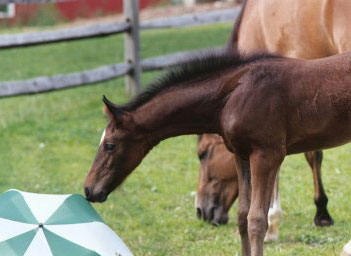
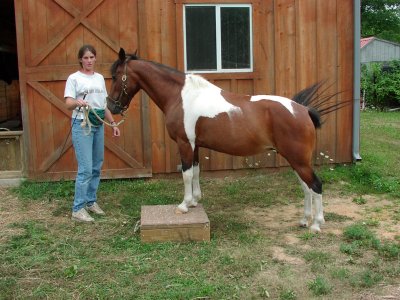
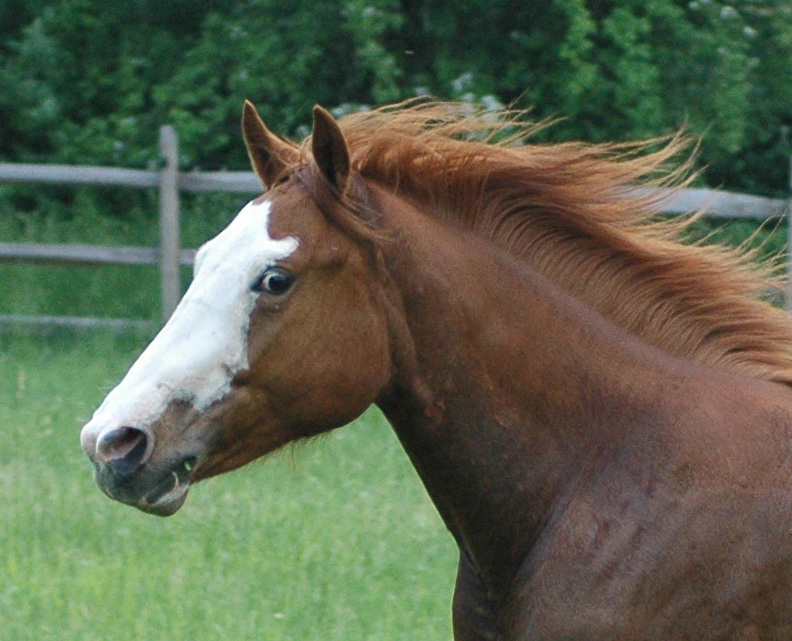
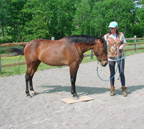
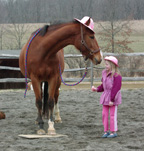
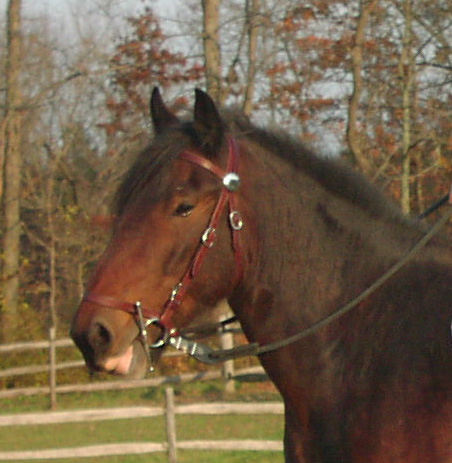
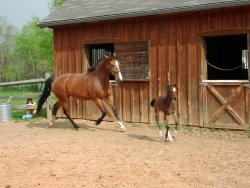 |
|
Ways to Play with the Foundation Lessons: Head lowering
Teaching your horse to drop his head is fun and easy with clicker training. Once you have the basic behavior (nose to floor, on cue, with some duration), you can continue to improve his head lowering skills by shaping the behavior in new ways, adding more cues, training for distractions, and using head lowering as a component of other more advanced behaviors.
Here's a list of ideas for ways to play with head lowering:
1. Shape the behavior using another method. Possibilities include free shaping, using a target, poll pressure, a rein cue (lifted rein), a rein cue (slight downward pressure).
2. Add more cues (each way of shaping often produces a "working cue" which you can then use as another cue for head lowering or you can just add another cue using the new cue-old cue process.
3. Ask for head lowering in new locations or with distractions
4. Increase duration. How long can your horse stand with his head down?
5. Look for practical applications for head lowering such as bridling, ear handling, haltering, clipping bridle paths, etc...
6. Can you ask for head lowering with different types of equipment: halter and lead, bridle, at liberty?
7. Add some precision to how he drops his head. Is his nose lined up in front of his shoulders? Horses often tip their nose to the outside as part of the learning process, or some orient towards your shoes. l like to have the horse drop his head so his nose is lined up right in the middle. Or...for a horse working in a bend, I will teach the horse to have a tiny bit of flexion toward me.
8. Can he do head lowering in combination with another behavior such as standing on the mat?
9. Can you ask the horse to drop his head and stay there while you move around? I often start by teaching the horse to drop his head and stay there while I walk to the hind end and back, or around the front end to the other side.
When you first teach head lowering, it is not a forward moving exercise, but once the horse has the basic behavior, you can start to ask for head lowering in motion which is a great way to teach a horse to stay relaxed and stretch over his topline. When I ask for the horse to lower his head in movement, I try to be mindful of how this affects his balance. In general, I don't need (or want) the horse to drop his nose to the ground. If you watch the horse move, you will see that the horse's movement improves as he drops his head, but at a certain point (as the head goes lower), the movement will deteriorate as he becomes unbalanced. I usually set my criteria just above this tipping point. Do note that this can change over time as the horse develops strength and flexibility.
10. Can you ask the horse to drop his head and walk forward without lifting it?
11. Can you ask the horse to walk in head lowering and stop without raising it?
12. Once your horse has the basic idea of dropping his head while in motion, you can start playing with head lowering in walk, trot, and canter, either on a lead or lungeing.
13. More advanced head lowering in the walk includes skills such as being able to ask the horse to drop his head and walk forward on a straight line or on a circle while the handler is in various positions. Sometimes I walk up near the nose, sometimes I walk by the shoulder or close to where the leg would be for riding. Does the horse stay down and out and march along in front of me?
14. Can the horse do turns toward and away from me while in head lowering (at a walk).
Anyone want to add anything else?
|